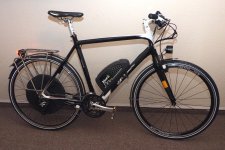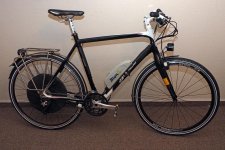LockH
1 PW
The plot thickens... 
BionX Canada sells off parts of its business:
https://www.bicycleretailer.com/ind...-canada-sells-parts-its-business#.WyxsVWMna1g
Starts:
"Amego Electric Vehicles"? Seen here:
https://www.amegoev.com/
GO Virginia! (V. Block, Amego owner, local to me...)
BionX Canada sells off parts of its business:
https://www.bicycleretailer.com/ind...-canada-sells-parts-its-business#.WyxsVWMna1g
Starts:
AURORA, Ontario (BRAIN) — Three companies have purchased parts of BionX Canada following a three-month search for a buyer. According to court documents, Crescent Commercial, Amego Electric Vehicles and NumberCo purchased some of BionX Canada’s assets, including some tooling, machinery, inventory and other equipment. The sales were approved mid-June.
According to court documents, Amego Electric Vehicles purchased 81 complete BionX kits. NumberCo purchased a parcel of motors, batteries and other parts, and Crescent Commercial, which is an auction house and liquidator, bought assembly line and machine shop equipment and other manufacturing tools. Other miscellaneous parts, inventory, hardware, accessories and components remain and are still up for sale, as are BionX’s patents, trademarks, domains and subsidiary shares.
"Amego Electric Vehicles"? Seen here:
https://www.amegoev.com/
GO Virginia! (V. Block, Amego owner, local to me...)



